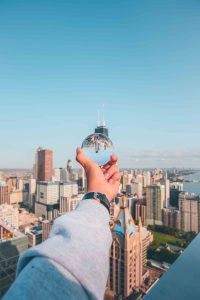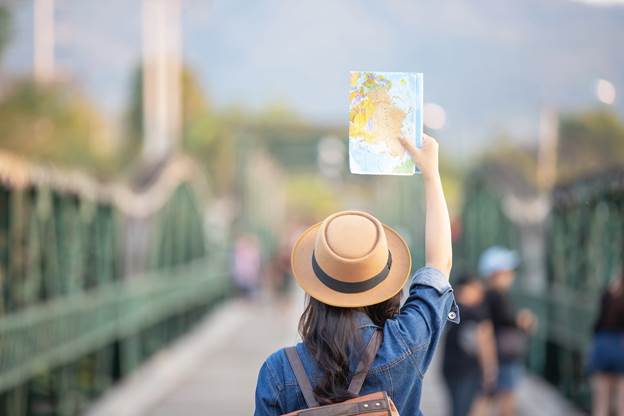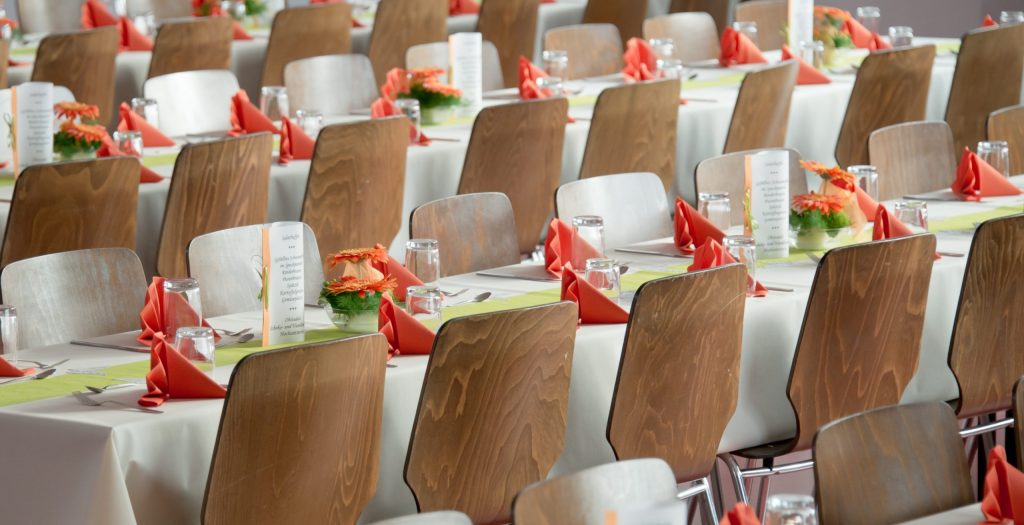Being a major tourist destination, Egypt has long relied on international travelers as a source of foreign currency. That is vital for a country that is a net importer of basic and luxury goods. As a result of the pandemic, lost tourism revenues may reach 2 percent of Egypt’s GDP by the end of 2020, according to an IMF report in August.
Egypt is not alone. The global tourism sector’s losses may top 1.5 percent of global GDP, at least $1.2 trillion by the end of 2020, according to a U.N. Conference on Trade and Development report in December. “With passengers canceling holiday and business trips due to airlines being grounded and borders being closed, the travel industry is among the hardest hit by the onslaught and is now facing seemingly insurmountable odds,” said Wego, a travel portal, in December.
Airlines also are hurting. EgyptAir’s losses reached EGP 7 billion ($446 million) between March and the end of October, said Chairman Roshdy Zakaria to El Watan News in November. According to the International Air Transport Association, airlines will lose $84.1 billion, a 20.1 percent net loss, by the end of 2020.

Among themselves, countries started unifying and certifying travel test procedures for COVID-19 to curb losses. The aim is to negate the need for a two-week quarantine of passengers between two destinations. “Unfortunately, even if the experiment works, it won’t herald the return of anything like the freewheeling air culture of pre-pandemic life,” wrote Adam Minter, a Bloomberg opinion columnist and author of two books on the international travel business. “Instead, it will probably signal a new … era of travel — one that’s very unlikely to support an industry that depends on cheap flights.”
Unburstable bubbles
The first agreement to unify COVID-19 testing procedures was between Singapore and Hong Kong, effective November 22. Media called the agreement a “travel bubble.”
The main requirement to fly in the bubble is for travelers’ polymerase chain reaction (PCR) tests to be negative 72 hours before their trips, certified by one of 600 clinics and healthcare providers in the two countries.
There are strict rules to identify the weaknesses in that setup . According to Singapore’s Transport Minister Ong Ye Kung, the first limitation is that bubble status initially applied only to one roundtrip flight with a maximum of 200 passengers. The number of flights increased to two starting December 7.
Another limitation is bubble status wouldn’t be valid if five or more passengers tested positive for seven consecutive days, said the Civil Aviation Authority of Singapore.
Other nations, mainly in Southeast Asia, quickly followed suit. “As we contemplate further opening up in response to demands, we are looking at the prospect of establishing individual bilateral bubbles, India-U.S., India-France, India-Germany, India-U.K.,” said an Indian Ministry of Civil Aviation Ministry statement in June. “These are all destinations where demand for travel has not diminished.”
By December, India had announced travel bubbles with the United States and 12 other countries in Asia, Europe and Africa. Indian Minister of Civil Aviation Hardeep Singh Puri his country is negotiating with another 13 destinations.
There have been similar agreements elsewhere in the world since August. However, they are limited to demanding passengers to do a PCR test a few days before arrival, and in many cases, it is not reciprocated. “It’s not so much a bubble as it is a one-way quarantine-free trip,” noted Wego’s report. Egypt announced a 72-hour negative PCR test for international visitors or Egyptian ex-pats when it opened the airports in August.
China and South Korea have “corona bridges” limited to specific airports. Meanwhile, Indonesia and the U.A.E. have bubbles for “essential business travels.” Japan has expedited “green lanes” for arrivals from Malaysia, Singapore and Brunei. However, that privilege doesn’t extend to Japanese travelers.
Ethiopia, Kenya, Nigeria and Rwanda have travel bubbles with India, but not among themselves. In fact, no African countries have special COVID-19 travel arrangements with each other.

Hard sell
“Although travel bubbles are far from being the ideal solution, they undoubtedly are a step in the right direction,” said the December Wego report.
However, scaling up that setup might be challenging. “It is no accident that this experiment is happening in the Asia-Pacific,” wrote Minter of Bloomberg, adding that bubble countries have close bilateral relations. “For two decades, air travel has expanded more rapidly here than anywhere else. In 2010, 15.9 million people visited Thailand; in 2019, 39.8 million visited, more than two-thirds of them from Asia.”
Without strong ties, countries are unlikely to trust each other to test and control the pandemic. That would cause an “understandable reluctance to open up,” wrote Minter. Another challenge is to get two countries to agree on how best to curb the spread of COVID-19 and defining what constitutes an outbreak.
Another major factor depends on national policies. “Sometimes the question should not be when [a nation] will be ready to reopen, but rather when will other countries allow their people to venture out,” said Phiphat Ratchakitprakarn, Thailand’s tourism and sports minister, to Bangkok Port in November.
A case in point is Thailand’s attempts to create a bubble with China, its largest trading partner. “Setting up [that] scheme with China is not easy,” said Vichit Prakobgosol, president of the Association of Thai Travel Agents, to the Bangkok Post in November.
Future of travel
Experts agree that preventing people from traveling abroad resulted in pent-up demand. Minter said the flights between Hong Kong and Singapore have been fully booked since both sides announced the travel bubble.
However, that eagerness may not last. One reason is the cost of bubble travel is significantly higher. “Even economy class seats are going for more than $800, far more than an equivalent ticket pre-pandemic,” said Minter. “That will not be the only premium attached to a bubble flight. Roundtrip COVID screening alone could cost as much as $600. In addition, travelers who test positive are expected to foot the bill for treatment and quarantine in their destination city.”
Another factor shaping the future of international travel is bubbles could be canceled. It could take just one flight with violations to reinstate a two-week quarantine. “The Singapore-Hong Kong bubble might survive … but there is not much room for error,” said Minster.
Additionally, if one country reports an outbreak, that would hurt all nations sharing travel bubbles with it. Ultimately those countries’ travel bubbles with third-party nations could also be at risk, said Abhishek De of The Indian Express in December.
Despite the challenges, many countries may have no option but to pursue travel bubble agreements. “As soon as there are secure paths for outbound trips and people are confident with those methods, international travel will return,” Chotechuang Soorangura, vice president of the Association of Domestic Travel, told the Bangkok Post in December. “We have experienced this behavioral pattern before in the post-lockdown period when people craved fresh air and could not wait to hit the road again.”







